Redistricting
Section Styles split
About Redistricting
-
Redistricting is directly associated with the Census, which takes place every 10 years. The redistricting process adjusts district boundaries on the local, state, and congressional levels to ensure that states’ districts have a near-equal population and, as a result, equal representation once decennial Census results are fully enumerated. Redistricting helps determine the districts for federal offices, state and legislative seats, county commission seats, school board seats, city council member seats, and other elected positions.
-
How district lines are drawn can influence where voters vote, which elected officials they vote for, and how engaged elected officials are with their constituents.
It matters as well because actors have and continue to use partisan gerrymandering, the practice of exploiting the redistricting process to confer political advantages, to draw district maps that favor one political party over another. It often allows a party, constituency, or candidate to know beforehand who their voters are, to target specific voters, or dilute the voting power of a specific group.
Additionally, gerrymandering can adversely impact the voting power and abilities of communities of color, as the practice has been used to dilute communities’ power according to race or other identities.
-
Currently, Georgia’s state legislature and specifically the Legislative and Congressional Reapportionment Office, is in charge of the decennial redistricting process.
Our Redistricting Work
-

Educational Sessions
We have provided numerous redistricting educational sessions with university student organizations and local community-based ethnic and cultural organizations.
Educational sessions are comprised of the following:
• Redistricting 101
• Redistricting in Georgia
• Find Your District and Representatives
• Postcard Writing -

Postcard Writing Campaign
As part of our redistricting educational and advocacy efforts, GAMVP implemented a postcard writing campaign in 2021, through which GAMVP volunteers and community members wrote and sent over 500 postcards to their elected officials.
Community members advocated for a comprehensive end to gerrymandering practices, fair redistricting to ensure our communities are adequately represented, additional transparency during Georgia’s redistricting process, and more opportunities for public input throughout the process.
-

SOLVE
GAMVP has been fortunate to receive the SOLVE Southern Movement Grant from the Southern Coalition for Social Justice. This grant allows us to further develop and provide redistricting educational resources and trainings for our community members.
As part of this grant, GAMVP aims to strengthen our community members’ understanding and engagement within the redistricting process by expanding language access, educating community members about the importance and impact of redistricting, and providing advocacy training to community members.
How you can get involved
-
Stay up to date
Research and stay up to date about the schedule for public hearings related to redistricting. If you’re able to, attend and testify at these hearings.
-
Speak to your elected officials
Speak to your elected officials and strongly request for them to create a more transparent and inclusive redistricting process. You can also meet with them to learn about their priorities related to redistricting.
-
Collaborate with your community
Collaborate with members of your community to create your own district plans; you can get together with members of your community to advocate to and propose these district plans to your elected officials.
-
Know the rules
Familiarize yourself with the rules for redistricting within Georgia; that way you can hold your elected officials accountable and ensure they follow proper procedures when drawing districts.
Additional Resources
-
Redistricting
Power on the Lines: Making Redistricting Work for Us is a report published by LDF, MALDEF, and AAJC. This guide is intended to familiarize you with the process of redistricting, as well as to provide you with ways you can ensure your voice is heard in the redistricting process.
-
Census
The American Community Survey (ACS) helps local officials, community leaders, and businesses understand the changes taking place in their communities. It is the premier source for detailed population and housing information about our nation.
-
Legislation
Use Open States to track bills, review upcoming legislation, and see how your local and federal representatives are voting. Open States is the leading source for truly open data on policy-making process and legislation.


